How to pick the perfect ryokan in Japan
When it comes to accommodation in Japan, you can’t go past a ryokan, whether it’s a slick city version or a rural retreat.
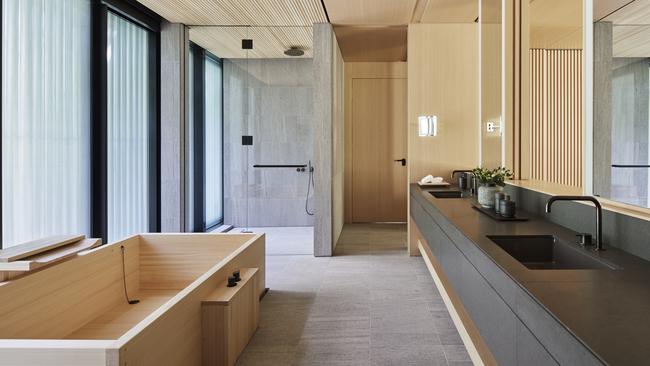
Japan’s oldest and most revered ryokan, those that embody the essence of omotenashi hospitality and intuitive service, such as Kyoto’s fabled Tawaraya, opened circa 1709, could be equated to palaces, such is the level of courtly service and exclusivity. These inns are almost the antitheses of hotels, with a lack of communal areas and a rigorous regard for privacy. Within the most exclusive and traditional ryokan, it’s possible to believe you’re the only guests. Futon mattresses are gathered up from tatami matting each morning and spaces converted for guests’ dining and lounging. Modern intrusions such as TV sets and fridges often are hidden behind lacquered screens. The urge to bow as deeply as the staff become involuntary.
But aside from such treasured examples, most in the former imperial capital, there are new and varied iterations to consider. Some may be more ryokan-style than the pure embodiment, others are optional accommodation categories in contemporary urban hotels, and yet more provide lodgings at onsen, where hot springs bathing is the key drawcard. But consistent factors include honoured design principles merged with contemporary comforts and an atmosphere that remains quintessentially Japanese.

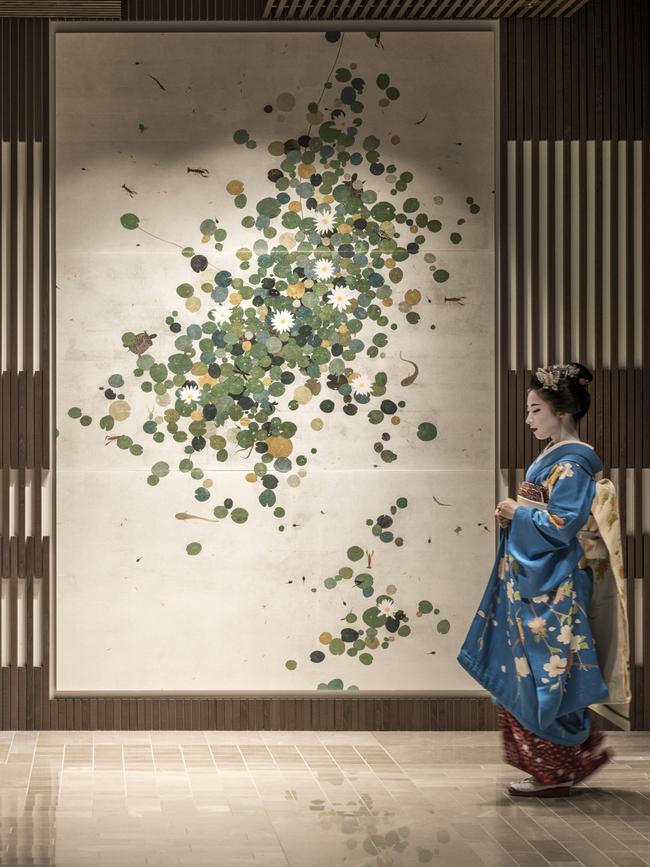
SOME LIKE IT HOT
The late West Australian Kerry Hill’s projects for the Aman portfolio garnered him multiple awards for his seamless juxtaposition of revered architectural principles and modern design conceits. Nowhere is this better realised than at Amanemu on the Ise-Shima peninsula, about three hours by train from Nagoya airport. This onsen (hot springs) property, set atop a forested ridge overlooking a placid bay, won gongs for Hill in the 2017 Australian Institute of Architects’ International Chapter Awards for its “unadorned, finely crafted Japanese-inspired interiors”. There are on-site mineral dipping pools, nearby beaches and golf course, and 24 sublimely uncluttered villa-style suites of hinoki cypress, rice-paper shoji screens and deep black basalt tubs made for serious soaking in water supplied in pipes direct from the onsen.
Japan is also home to the three oldest hotels in the world, all located in hot springs areas on the main island of Honshu. Nishiyama Onsen Keiun-kan is at the foot of the Japan Alps in Yamanashi prefecture and continues to be operated by generations of the family who founded the inn 1300 years ago. Sennen no Yu Koman at Konosaki Onsen in Hyogo prefecture is only slightly younger and occupies a traditional wooden building in close proximity to open-air hot springs. Houshi Ryokan in Komatsu, Ishikawa prefecture, has been run by 46 generations of owners; expect tranquil landscaped gardens and indoor-outdoor bathing.
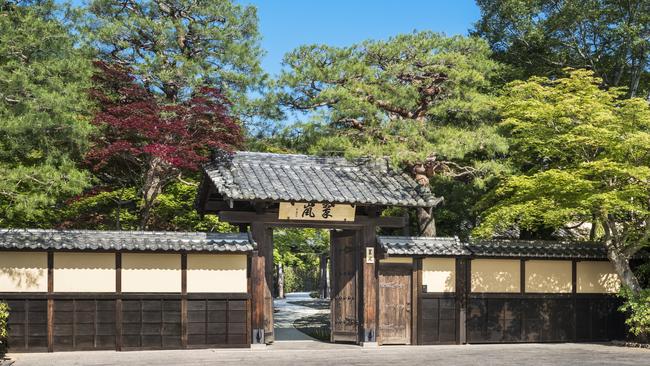
SMALL WONDERS
In 2021, Adrian Zecha, founder of Amanresorts (now Aman), opened Azumi Setoda on the tiny isle of Ikuchijima in the Seto Island Sea in Hiroshima prefecture. The property sits within a 140-year-old residential compound owned by generations of the Horiuchi family, restored and redesigned by Kyoto architect Shiro Miura. Expect sliding washi paper screens, exquisite craftsmanship, sleek lines, tatami matting and a glass-walled inner courtyard of pines and willows. There are 22 guestrooms across four categories, a bathhouse and the expected levels of courteous service and authentic touches. Village connections and experiences are a given in this tiny settlement.
Also small and delicately formed is Suiran in the Arashiyama hills, on the western edge of Kyoto. A member of Marriott’s Luxury Collection, the hotel is on the site of an imperial villa from the late 19th-century Meiji restoration era, once complete with poetry pavilions and strolling grounds, and several original areas have been incorporated into the design. Its hushed spa offers therapies based on “lunar cycles” or with ingredients such as tea seed oil, while Suiran Saryo Hassui cafe, overlooking the Hozu River, serves mochi cakes filled with green tea paste inspired by the palette of the hills beyond. There are more than cursory nods to tradition across the property, including onsen tubs as well as conventional ensuites in 17 of the 39 guestrooms.
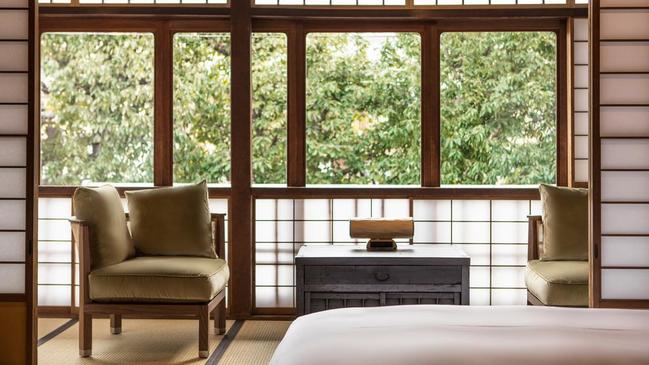
MIX AND MATCH
The 23-room Sowaka sits deep in old Kyoto’s Gion district, where temples and craft workshops are practically on the doorstep. The main wing has been carved from a famous teahouse named Minoko that fell out of fashion in recent years. New owners made the bold move to keep the bones of the classical suki-ya building intact and create several storeys of 11 typical ryokan suites around, and looking over, an inner courtyard planted with flowering bushes and dotted with stone lanterns. In an adjoining multi-floored annexe, 12 contemporary guestrooms have been created; each varies with unique antiques or structural features. “We want guests to touch Kyoto,” is the mantra. “It’s the ryokan you’re having when you’re not having a ryokan,” observes my companion. But we are enchanted nonetheless. Sowaka is a member of The Ryokan Collection, with old-style and contemporary properties across the four main islands, including the Lake Hakone/Mt Fuji area. Check out the sublime Zaborin on Hokkaido, with 15 villas, each including a private onsen.
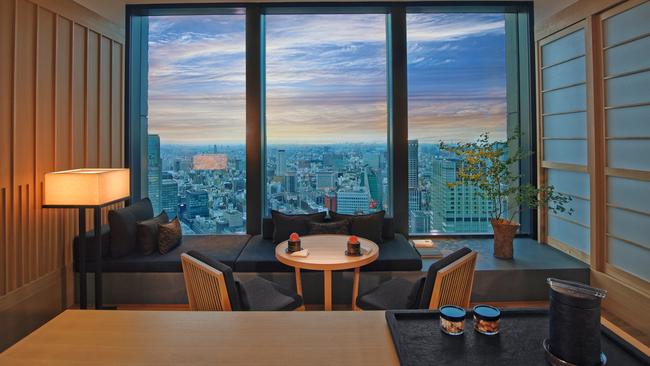
THE URBAN HYBRIDS
Kerry Hill’s vision of the true tenets of ryokan design in the guestrooms, restaurants and public spaces of the soaring Aman Tokyo is the perfect example of readaptation. Guests remove their shoes on entering tatami-matted rooms, equipped with deep soaker tubs in ofuro style, sliding shoji screens and low platform beds. The hotel’s arrivals lounge and lobby on Level 33 of Otemachi Tower features pale timbers, water gardens, and dark basalt stone surfaces, while beyond lies the metropolitan skyline and even glimpses of Mt Fuji on clear days.
There’s a similar sensibility of Zen-like calm at The Ritz-Carlton Kyoto, set by the Kamo River. Guestrooms are sanctuaries of serenity, even down to details such as cushion covers fashioned from pale pink and silver kimono brocade, honey-hued timbers and recurring shippo (seven jewels) motifs of encircled petals. The design ethos is miyabi, or simple elegance, as interpreted by Hong Kong-based designer Peter Remedios and Spin Studios; the overarching theme is based on the courtly Heian era, from 794 to 1192, when Kyoto was the most powerful city in Japan and its reliquary of culture. The matcha macarons that appear with turndown service are simply the contemporary icing on the cake.

ALL IN ONE
To design an itinerary within one brand, consider the Japanese family-run Hoshino Resorts group, founded in 1914, which offers more than 50 properties, from ski lodges on Honshu and in the Nagano alpine region to Hoshinoya, an award-winning contemporary ryokan rising 17 storeys in the heart of Tokyo. Of special value is its KAI “auberge inn” family-friendly category, which presents an ersatz-ryokan style of stay, with many classic features included, such as artisan-crafted decor and design motifs. There are 22 under this banner in hot springs resorts; all are in natural settings and serve kaiseki meals (including junior serves) based on local produce and regional specialties and offer cultural programs featuring dance, music and crafts. KAI Nikko, overlooking Lake Chuzenji, close to the mountain resort of Nikko, about two hours by train from Tokyo, is a prime example.


To join the conversation, please log in. Don't have an account? Register
Join the conversation, you are commenting as Logout